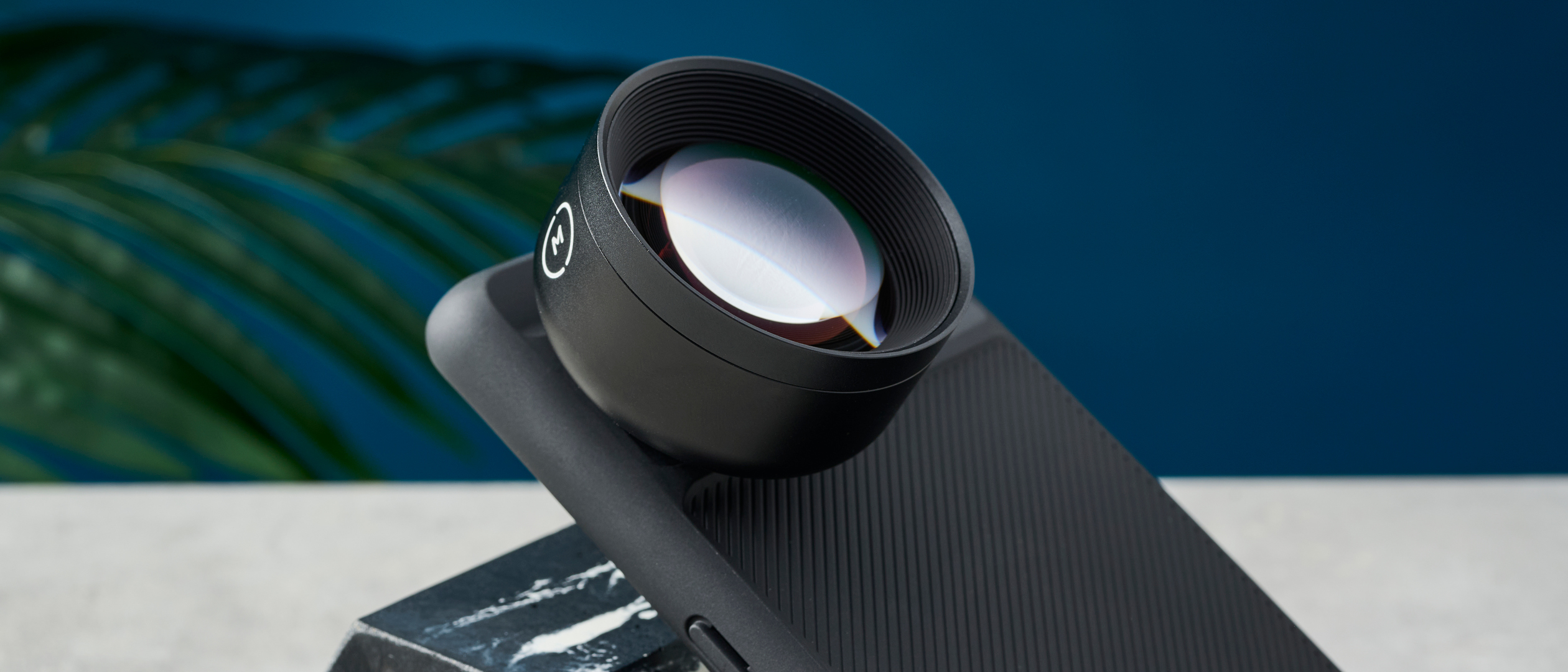Tom's Guide Verdict
Moment lenses, available for a variety of Android and iOS phones, are a great way to upgrade your smartphone photography. They’re well-built, deliver sharp photos, and are easy to twist onto a dedicated phone case. However, there are a few drawbacks worth considering.
Pros
- +
Premium build
- +
Excellent image quality
- +
Easy to twist on
- +
Available for an array of phones
Cons
- -
May scratch phone’s lens
- -
Expensive
Why you can trust Tom's Guide
You don’t need the latest and most expensive camera gear to capture great photos and videos. Smartphone photography is growing in popularity. I’ve dabbled in it myself, especially since I got my Google Pixel 7 Pro which has an excellent camera. But if you’re feeling underwhelmed by your smartphone’s camera or don’t have one of the best camera phones, don’t worry: Moment lenses are here for you.
Moment offers a wide range of lenses to choose from, whether you want a macro lens to get stuck in the detail or a fisheye lens for creative purposes. Its lenses boast awesome optical quality, premium build and construction, and the best part? All you have to do is twist them on to lock them into place. I tested four Moment lenses and while they’re great overall, each has a couple of drawbacks worth mentioning.
Are these some of the best iPhone lenses around? Read my Moment lenses review for the full breakdown.
Moment smartphone lenses review: Specs
| Specs | Tele 58mm | Wide 18mm | Macro 10x | Fisheye 14mm |
|---|---|---|---|---|
| Price | $150 | $140 | $140 | $130 |
| Size (diameter x depth) | 1.92 x 1.31 inches | 1.92 x 1.12 inches | 2.24 x 1.31 inches (with hood) | 1.57 x 1.05 inches |
| Weight | 4.1 ounces | 2.51 ounces | 1.42 ounces (with hood) | 2.22 ounces |
| Viewing angle | 48 deg | 48 deg | 65 deg | 200 deg |
| Magnification ratio | 2x | 0.5x | 10x | 0.2x |
| Equivalent focal length | 58mm | 18mm | 34.8mm | 14mm |
| Minimum focus distance | 12 inches (300mm) | 2.75 inches (70mm) | 0.6 inches (15mm) | 2.75 inches (70mm) |
Moment smartphone lenses review: Price & availability
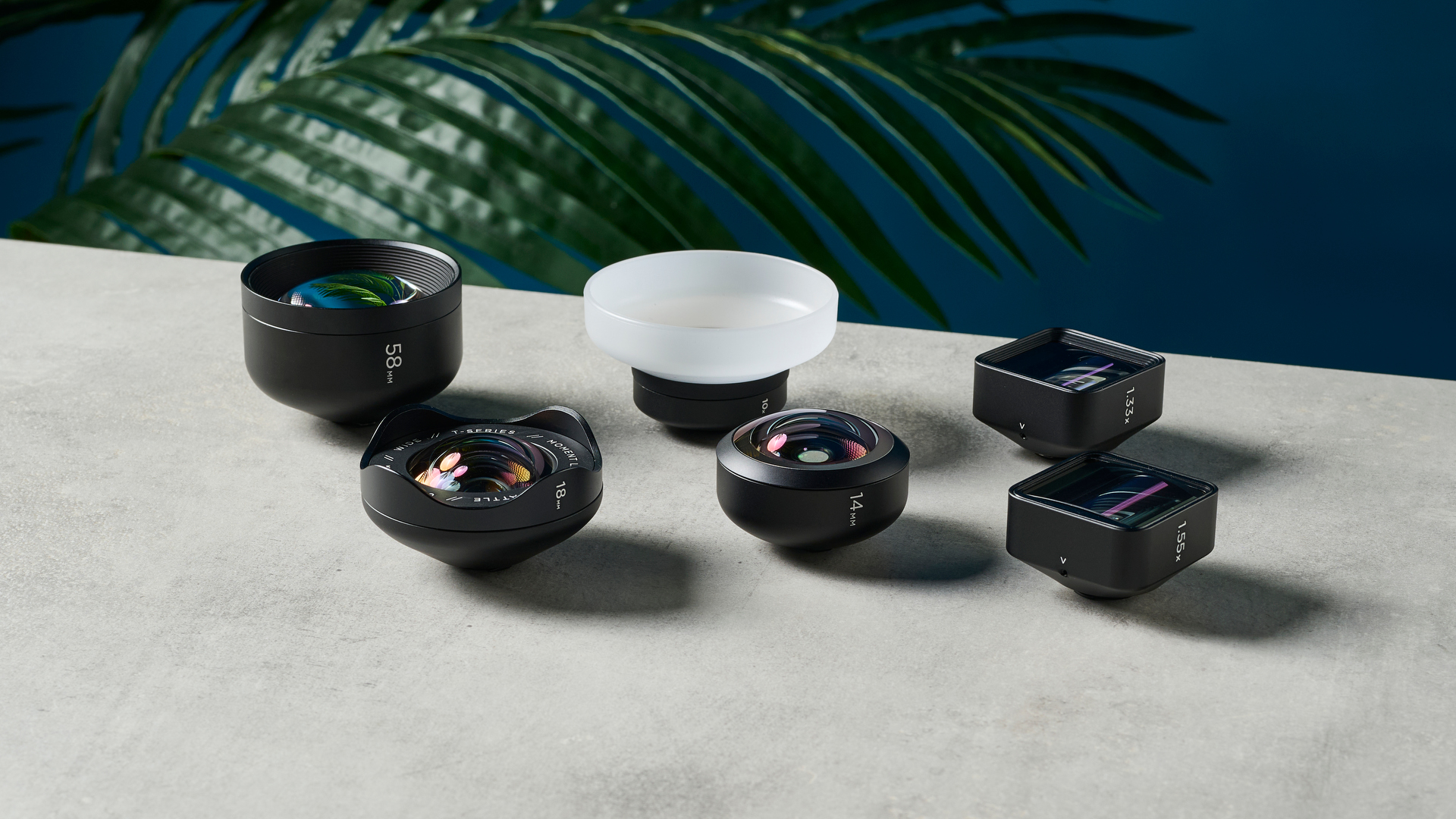
I tested four T-Series Moment lenses: the Tele 58mm ($150), Wide 18mm ($140), Macro 10x ($140), and Fisheye 14mm ($130). These are a little more expensive than the Sandmarc iPhone lenses. Pictured above are also two anamorphic lenses which I'm in the process of testing.
I tested the Moment lenses mounted onto a Moment case ($50) for the Google Pixel 7 Pro, and we also mounted these onto a Moment case for the iPhone 15 Pro. You can get cases for various Pixel, iPhone, Samsung and OnePlus models.
All four lenses are also available in the M-Series variant, compatible with older phones, although the prices may slightly vary.
Moment smartphone lenses review: Design
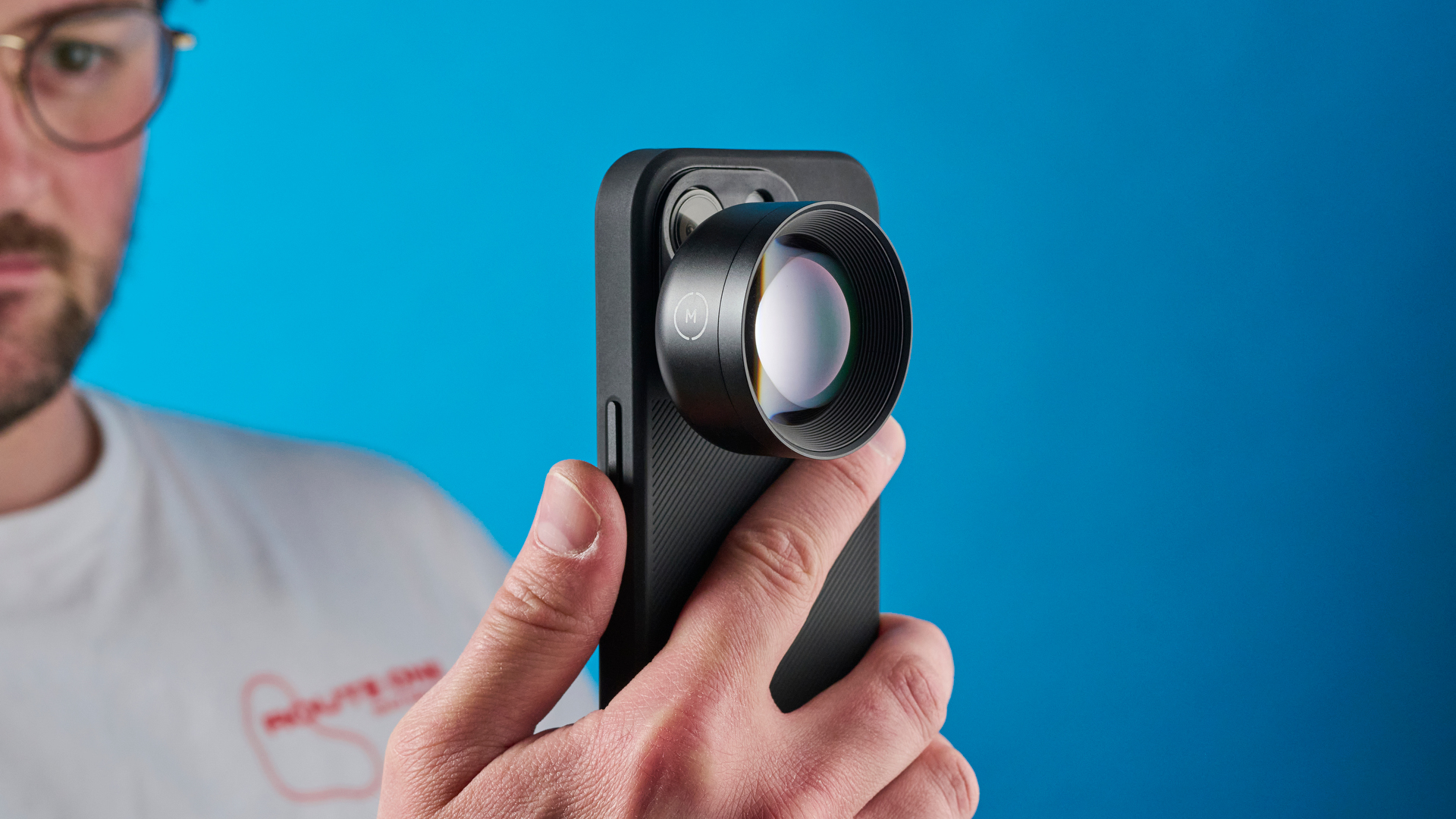
The Moment lenses are built and designed really well. They’re made with aerospace-grade material and hand-polished glass that is also used for high-end 4K film lenses. The lenses maintain a sleek look even when mounted onto your phone, and while they vary in weight, they never feel so heavy that you can’t hold your phone in one hand.
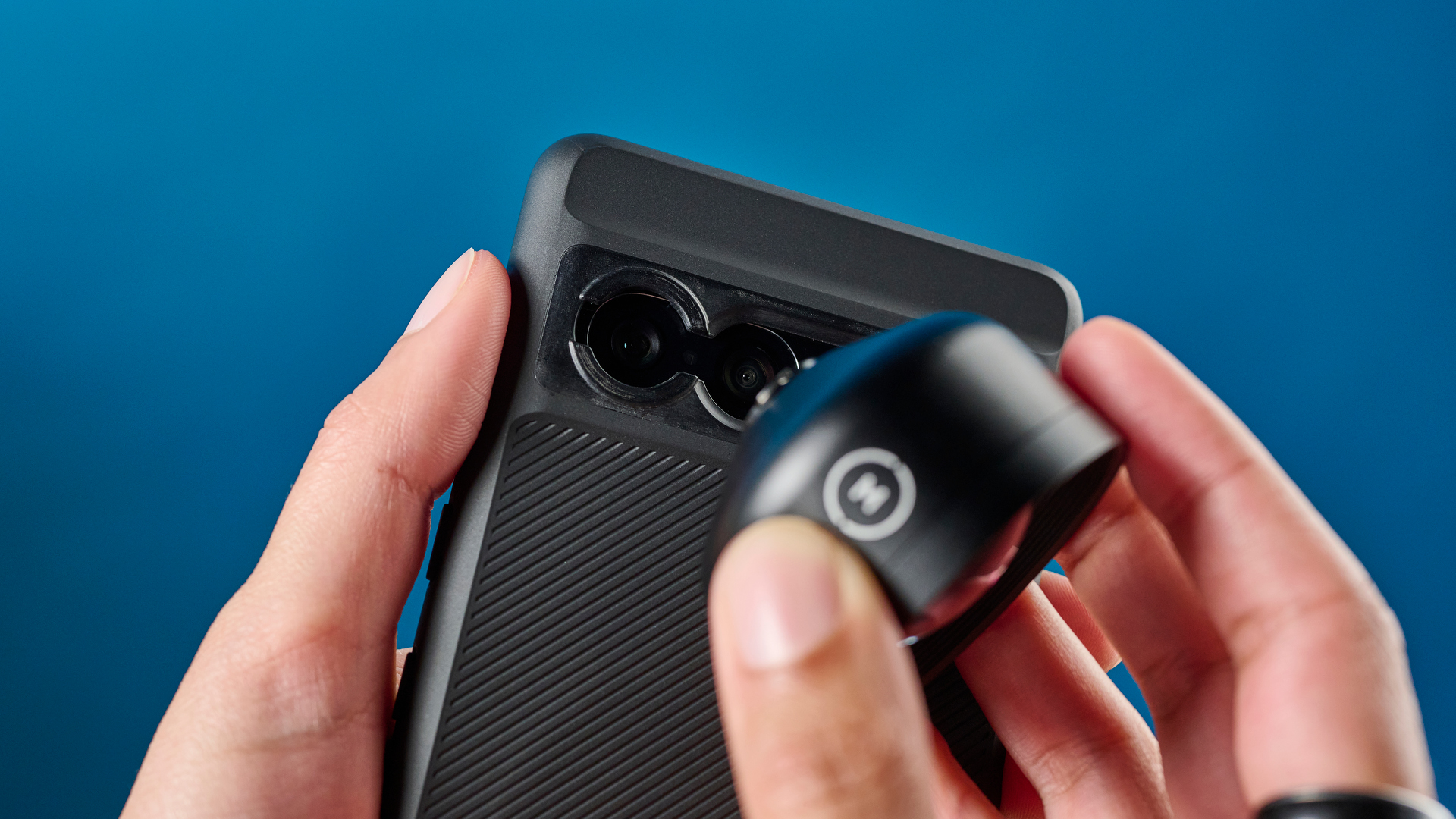
As aforementioned, you need a special Moment phone case to twist the lenses onto your phone, and a case will cost you around $50. However, you can also get a drop-in lens mount starting from as little as $5. These aren’t available for a lot of phones though. Sandmarc lenses, on the other hand, come with an included iPhone case and drop in mounts for use on multiple devices. Better value for money?
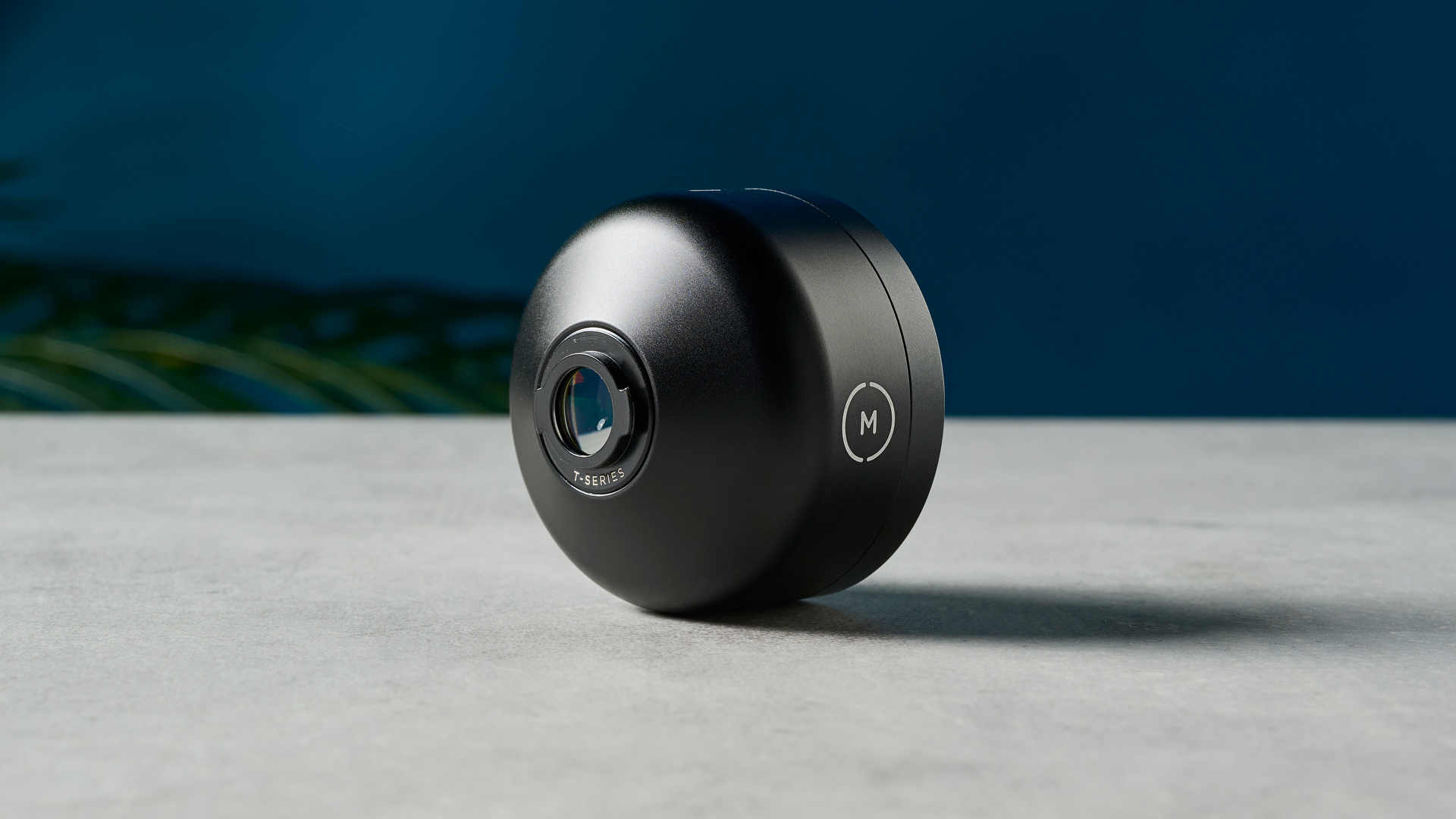
I was a little concerned when mounting the lenses onto my phone. The lenses sit directly on top of the built-in lens and have edged metal wings which hook around the inside of the case lens mount — they sit incredibly close to the phone’s lenses and twisting them on made me apprehensive that I was about to scratch the glass, so just be careful. You can remove the case and then twist a Moment lens on, and while that can be time consuming, you can rest assured your phone’s lenses are unscathed.
Moment smartphone lenses review: Tele 58mm lens performance
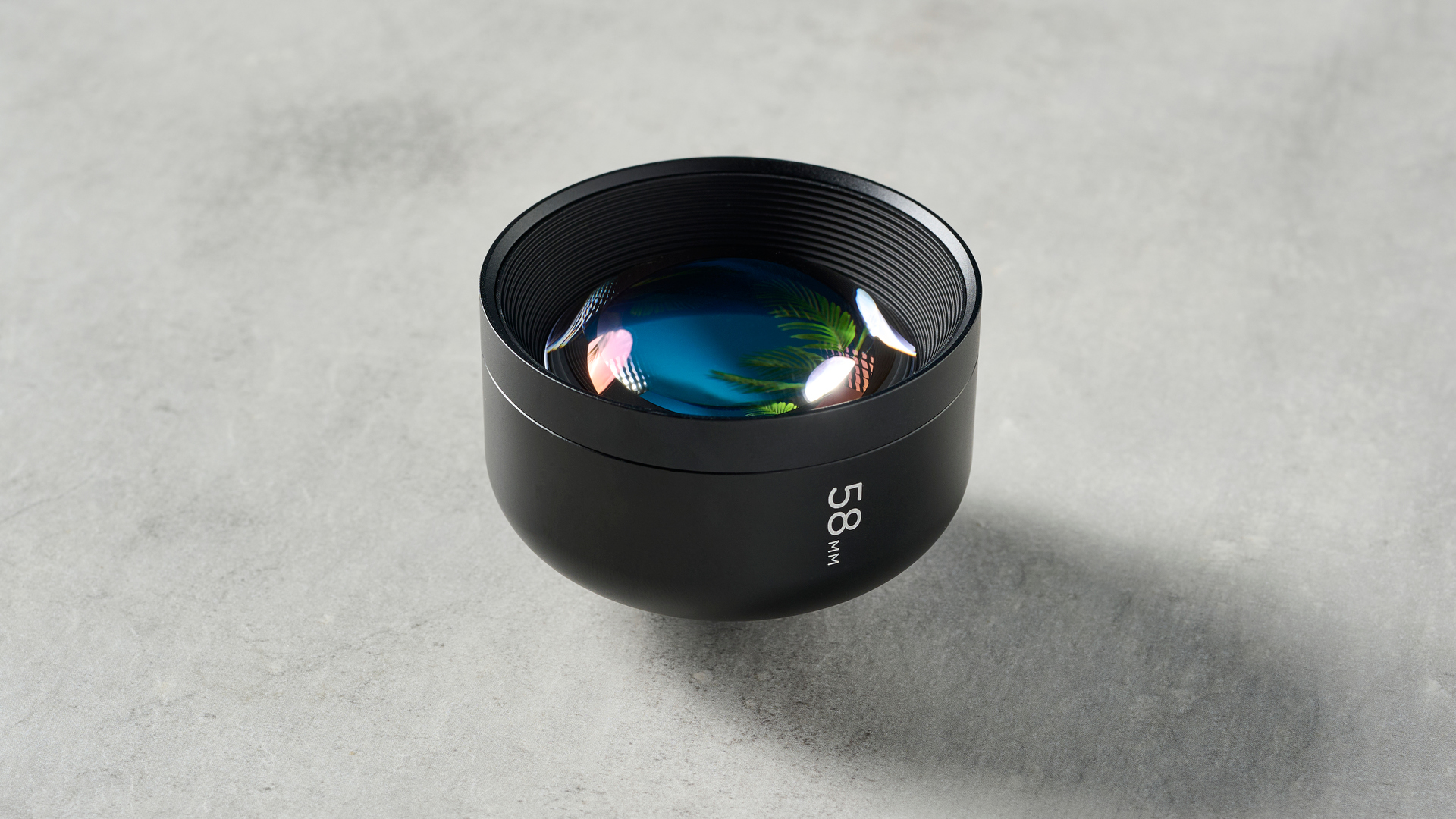
The Moment Tele 58mm lens is a decent performer. With a 2x magnification — same as the Sandmarc Tele 58mm lens ($129) — you get extra optical reach to get closer to subjects. The gallery below demonstrates this. The first image was shot using the Pixel’s main camera and without an additional lens, and the second image was taken with the Tele 58mm lens. The first image is zoomed further out, and it isn’t as contrasted as the second, with the trees’ greens not appearing true-to-life.
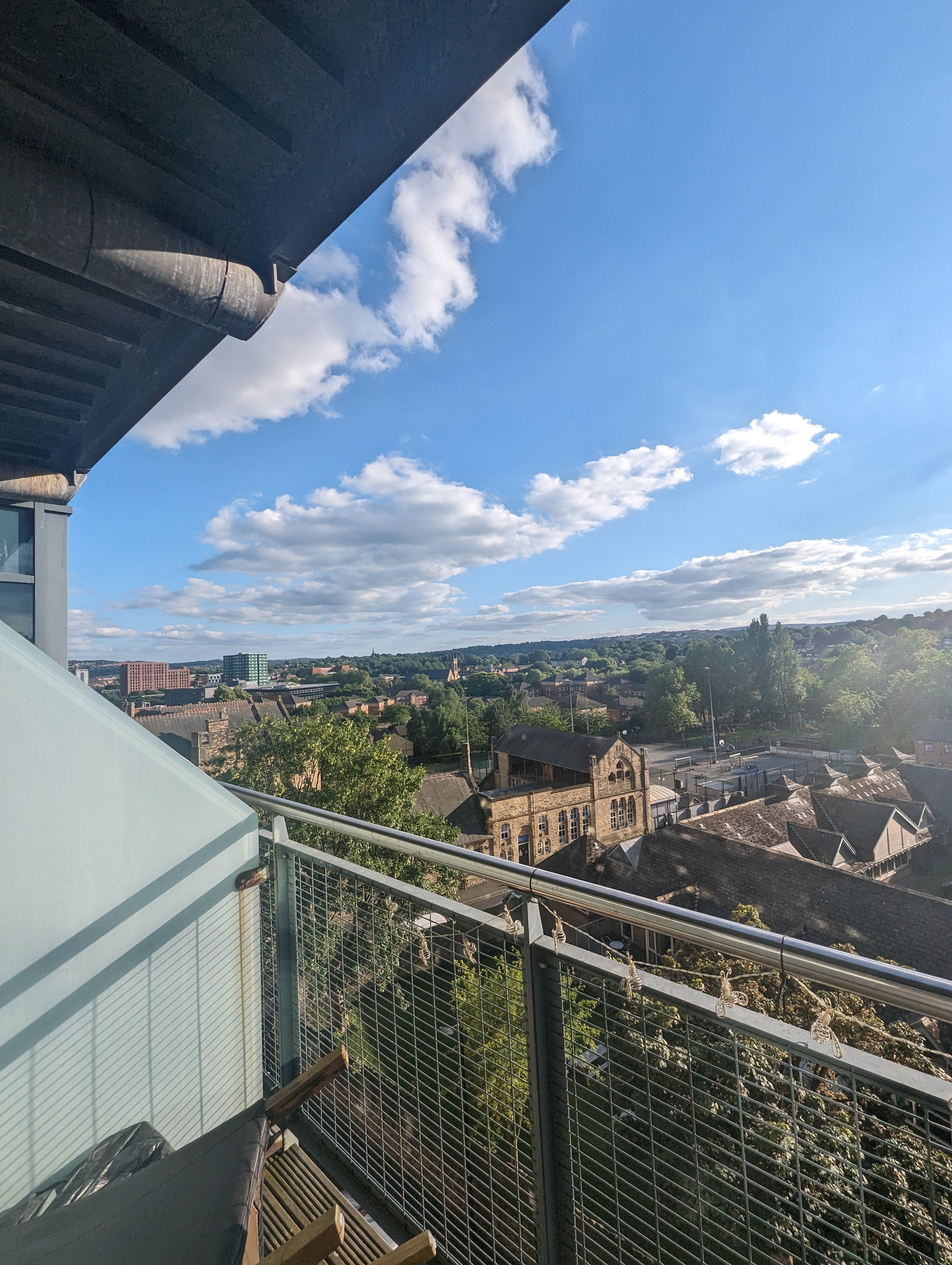
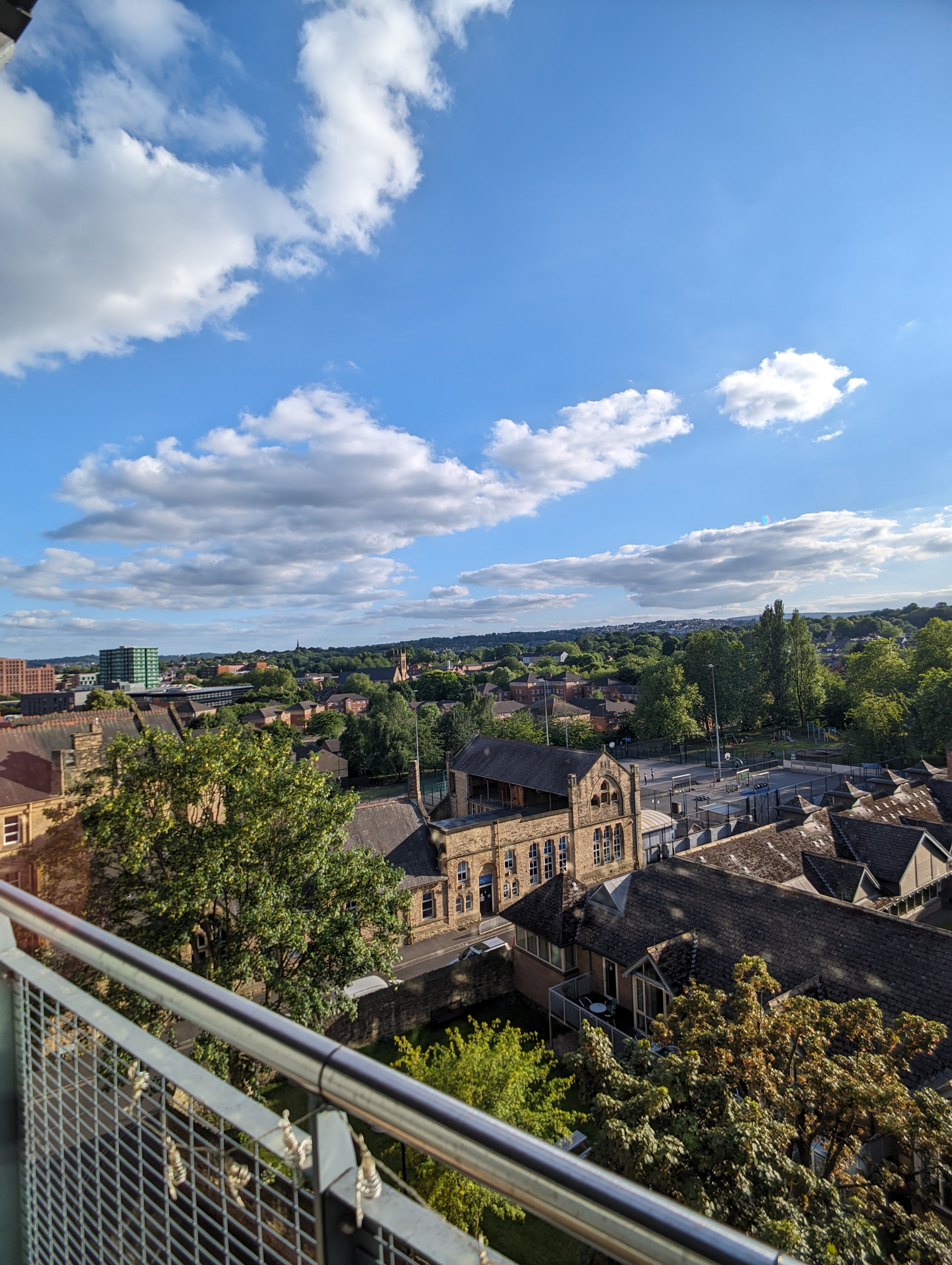
Compared to digital zoom found on smartphone lenses, optical zoom (which achieves a zoom optically using a longer lens instead of digitally by cropping) generally produces sharper images at the same magnification, demonstrated by the gallery below — the first image shot with just the Pixel’s telephoto lens zoomed to match the framing, and the second with the Moment lens fitted. The differences are minor though, with the edges of the sculpture slightly sharper in the second image.
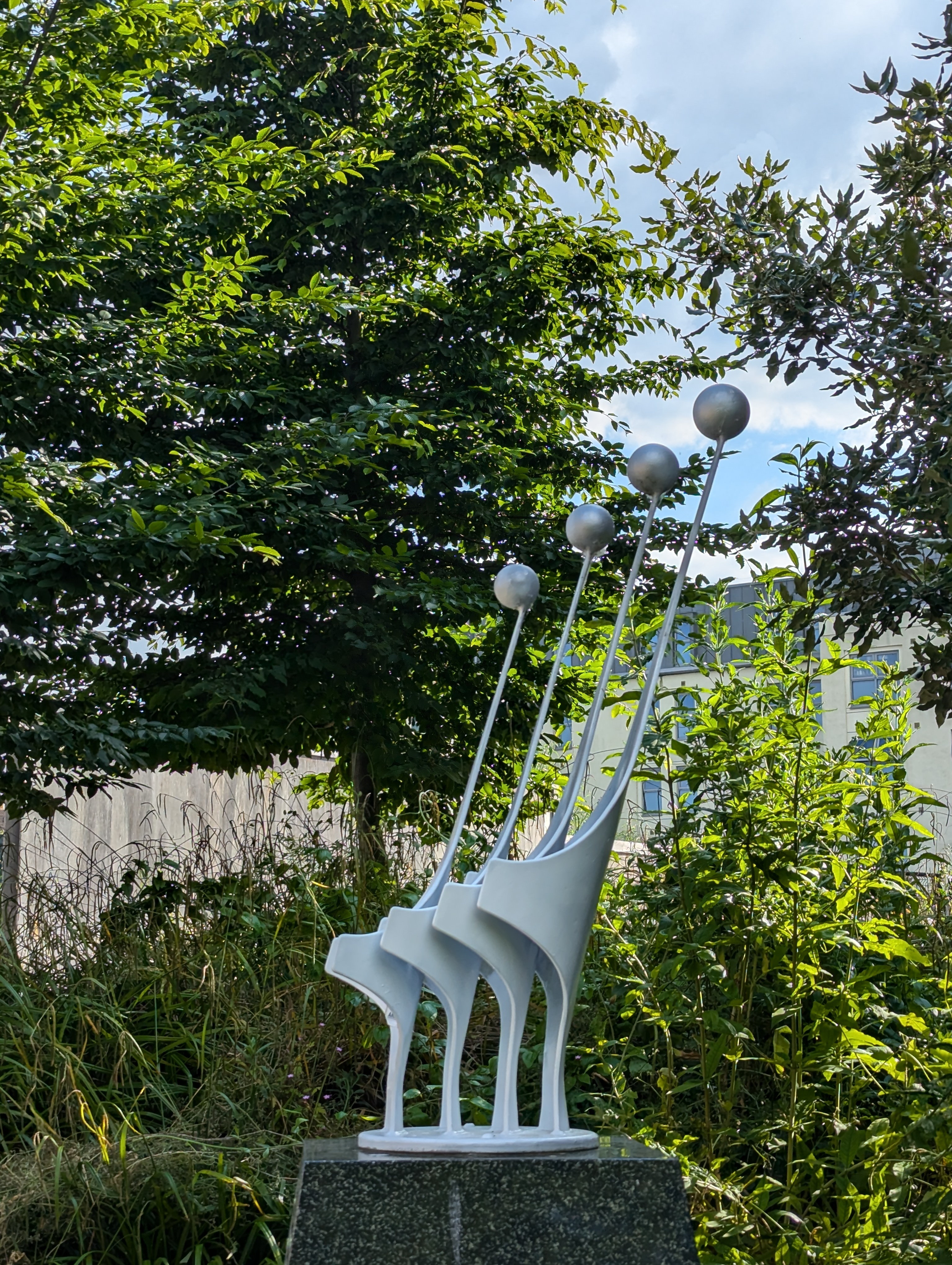
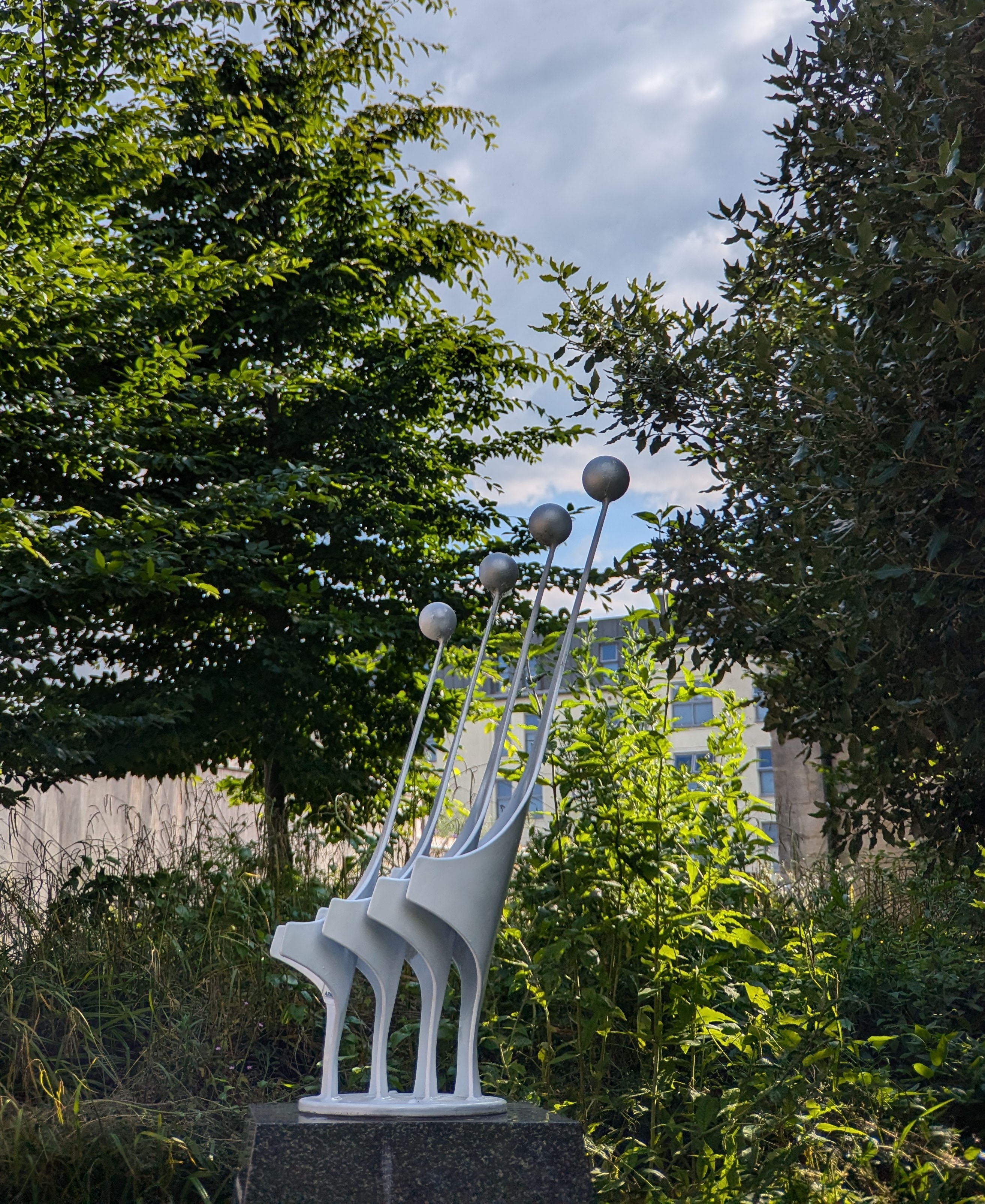
The differences are so minor that in the two images below, there is only a little difference in contrast. The first was shot with the Pixel’s 15x zoom, and the second with the Tele 58mm lens. So does the Tele 58mm warrant its steep price tag, if there’s barely any difference? I’m not convinced, at least not with the Pixel 7 Pro.


Moment recommends the Tele 58mm lens for portraits, promising “buttery bokeh.” In the gallery below, the first image was shot using the Pixel’s main camera, and the second with the Tele 58mm lens attached. There isn’t much difference between the two shots, although the blur is slightly tighter in the Moment photo (as you would expect from a lens with a longer physical focal length, thanks to distance compression). I wouldn’t consider it “buttery” though — it’s nothing like the bokeh you’ll achieve using a proper wide aperture lens on a DSLR or mirrorless camera.


Portraits taken with the Tele 58mm lens come out detailed, though, as demonstrated in the gallery below. All images were shot with the Moment lens attached to my Pixel, with the Pixel’s portrait mode enabled. I love that in the photos of the birds, you can make out their individual feathers (and the different colors on the pigeons) when you zoom in. The background is just out of focus to highlight the subjects well too.
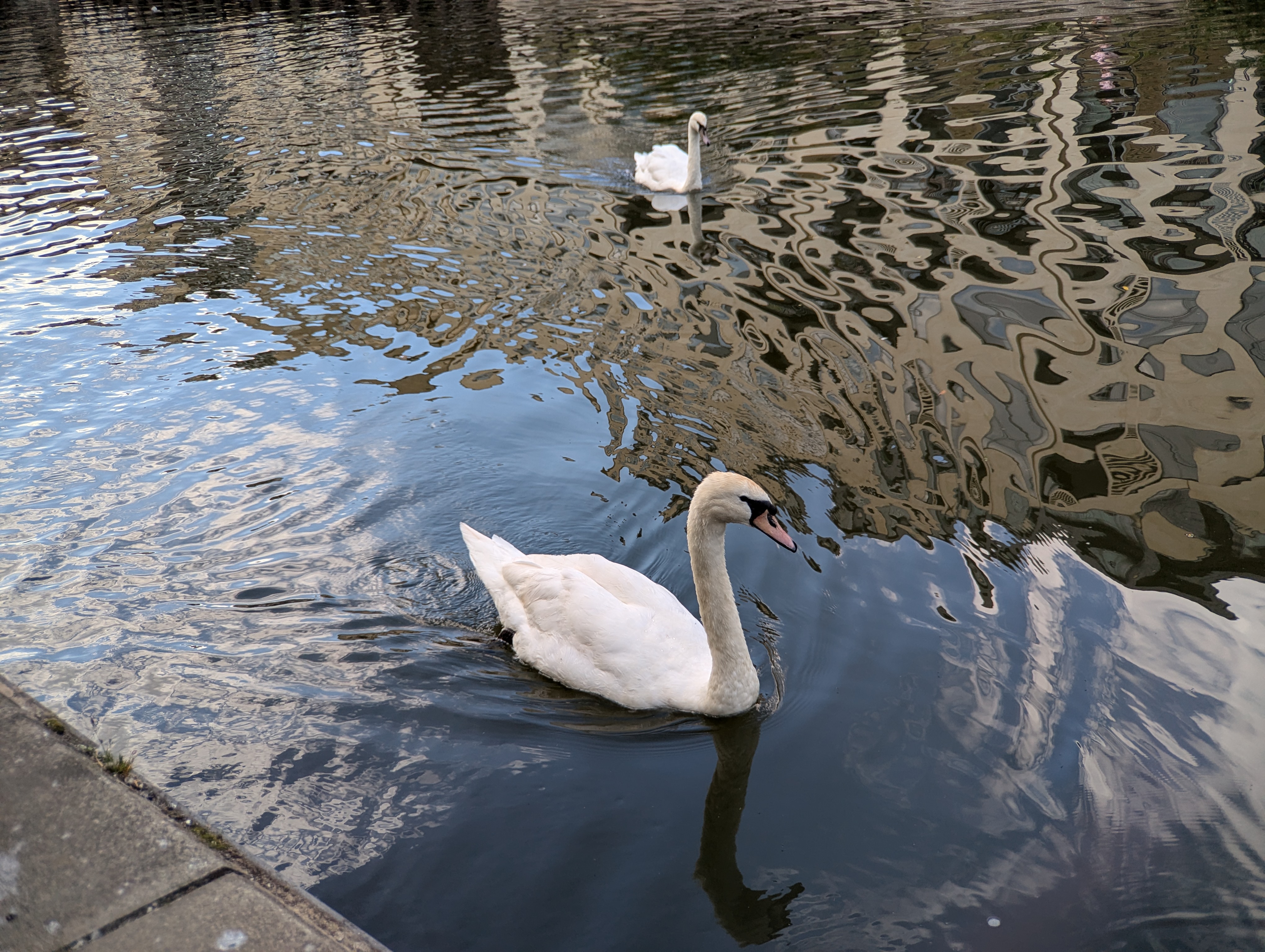
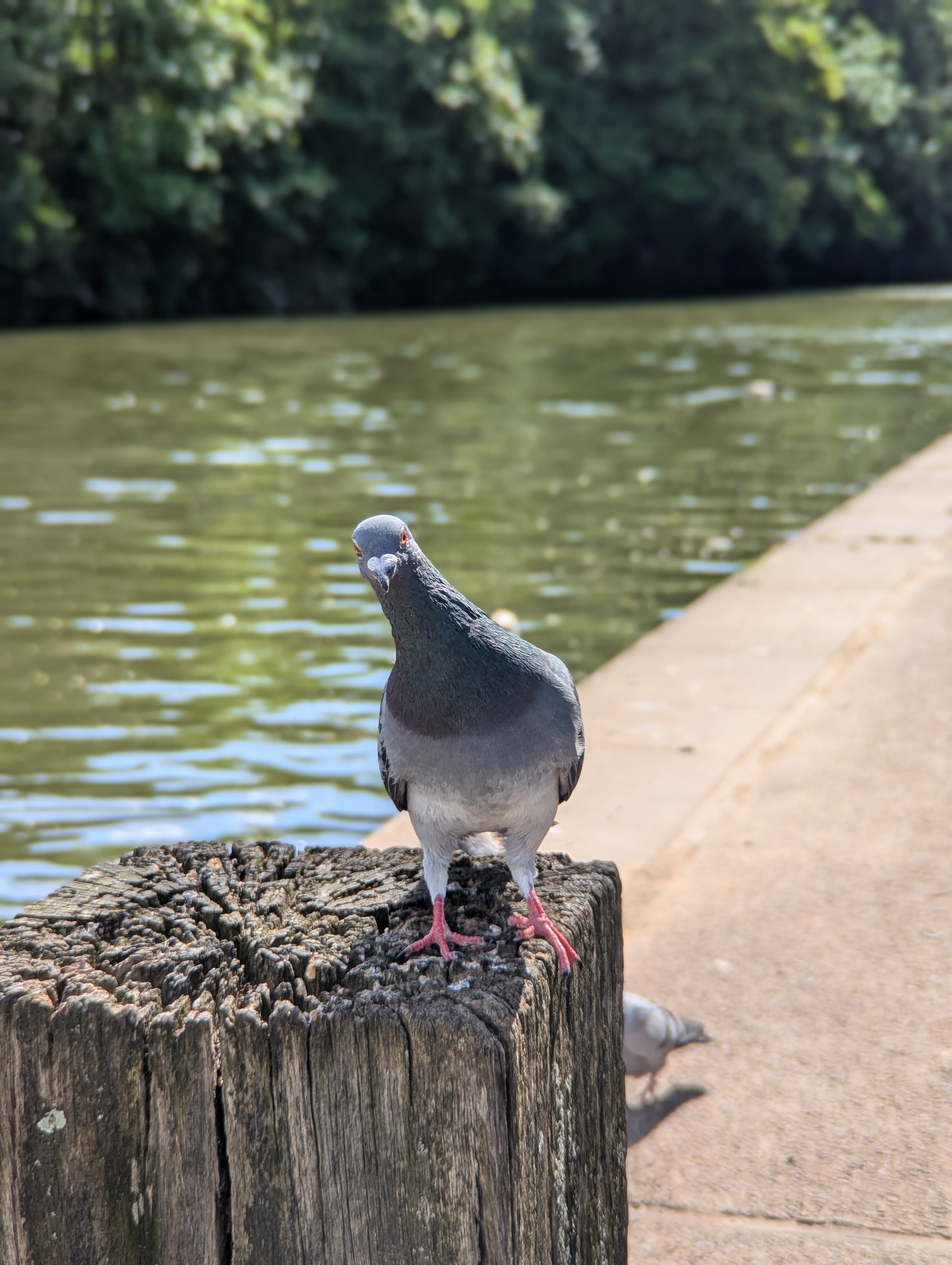
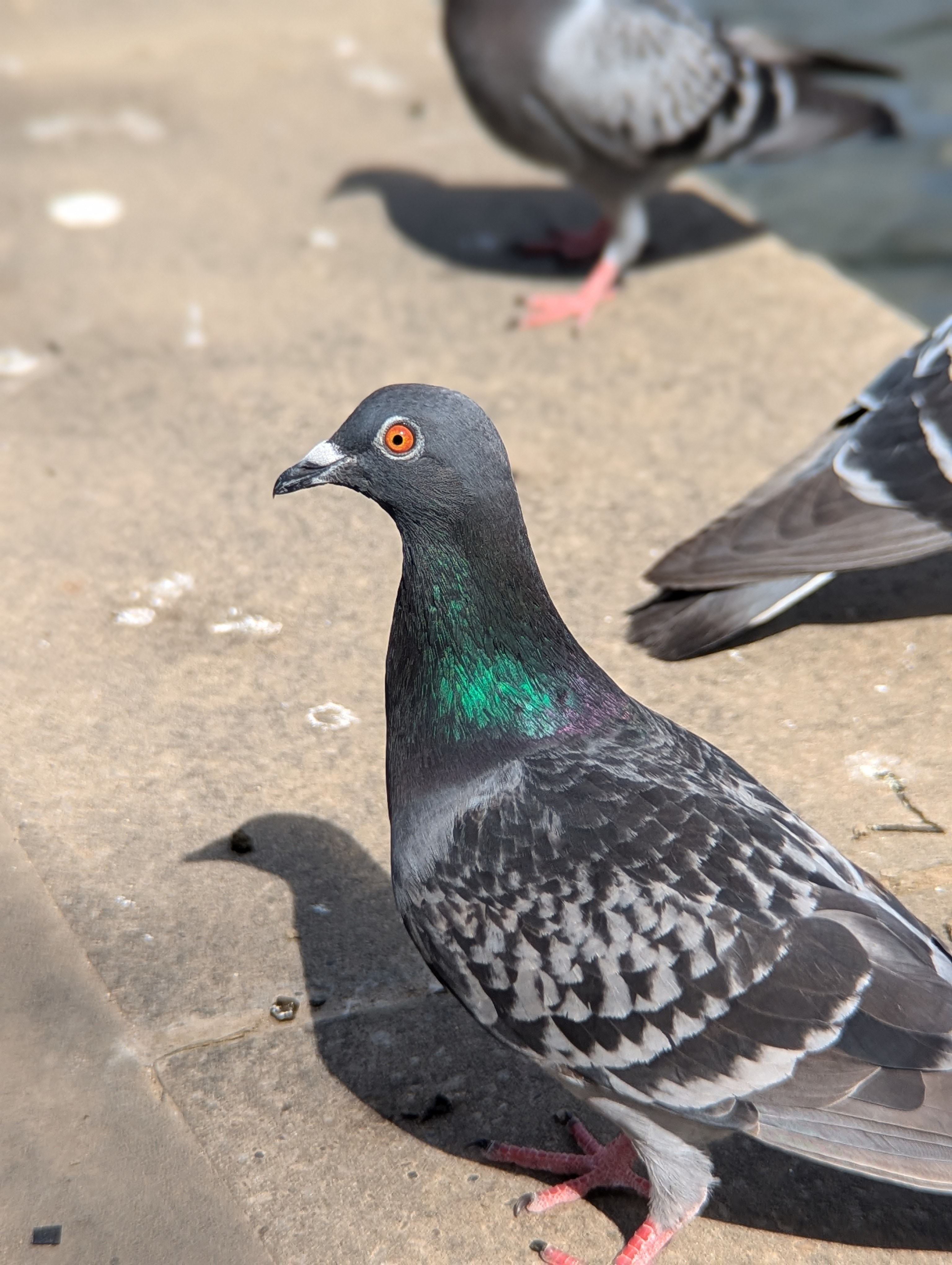

I was very pleased with how the portraits turned out, especially the last photo (above) of my mum and brother. But overall, while I enjoyed using the Tele 58mm, it didn’t add anything new that my Pixel couldn’t already do.
Moment smartphone lenses review: Wide 18mm lens performance
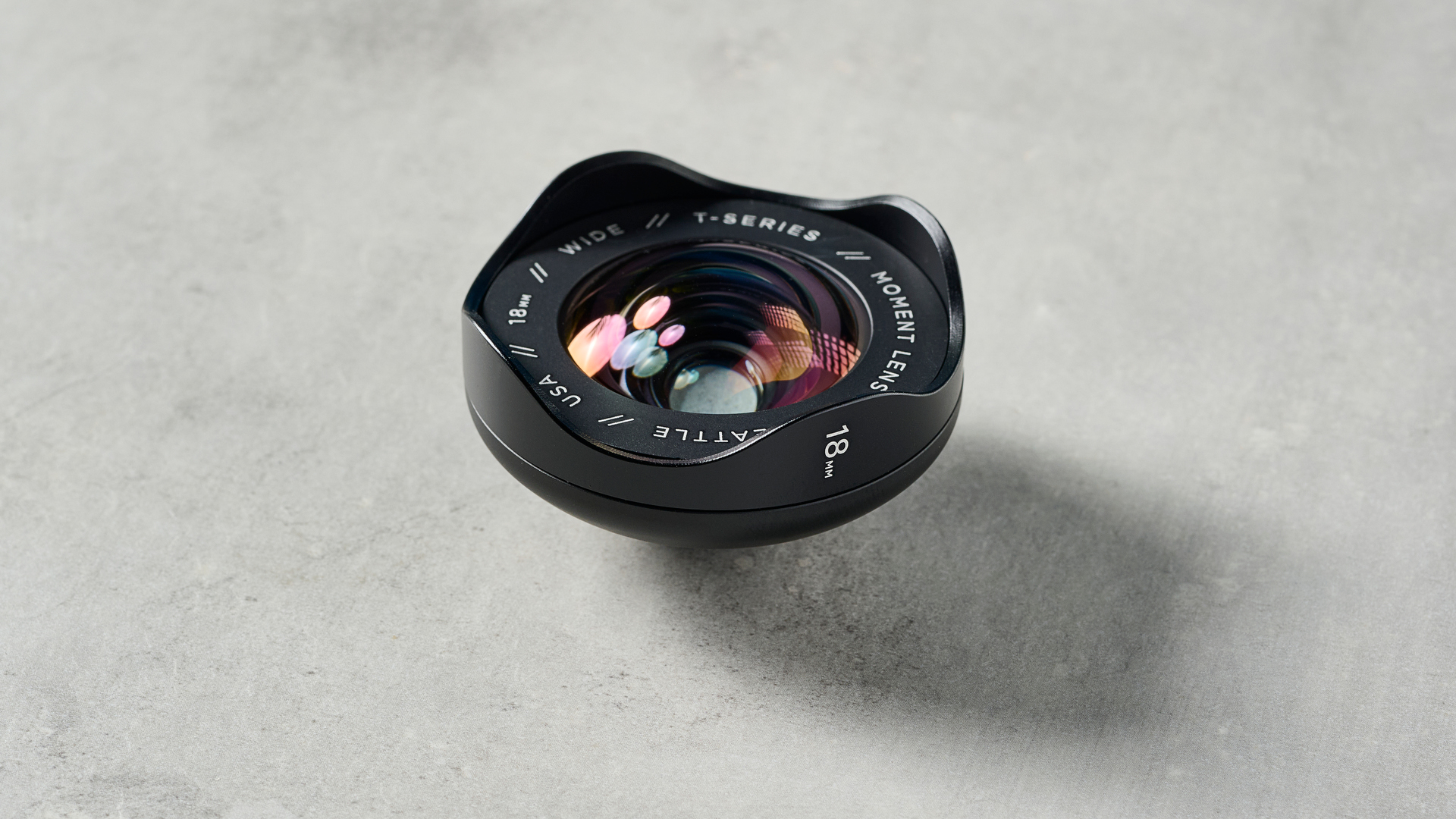
The Moment Wide 18mm lens offers a wide angle of view to capture important details without any distortion. Since I’ve owned my Google Pixel 7 Pro, I haven’t been mightily impressed with its wide and ultra-wide capabilities, as photos have always appeared lacking in detail. The Moment lens remedies that.



The gallery above has three photos: the first was shot with the Pixel’s main camera, the second with the Pixel’s 0.5x ultra-wide zoom, and the third with the Wide 18mm lens attached. In the first shot, the greens have a low-key artificial tint, while in the second shot, the purple flowers lose a bit of their vibrancy. The third shot, though, using the Moment lens, is perfect. Colors are well-balanced and when I zoomed into the photo, I could see the details on the flowers.
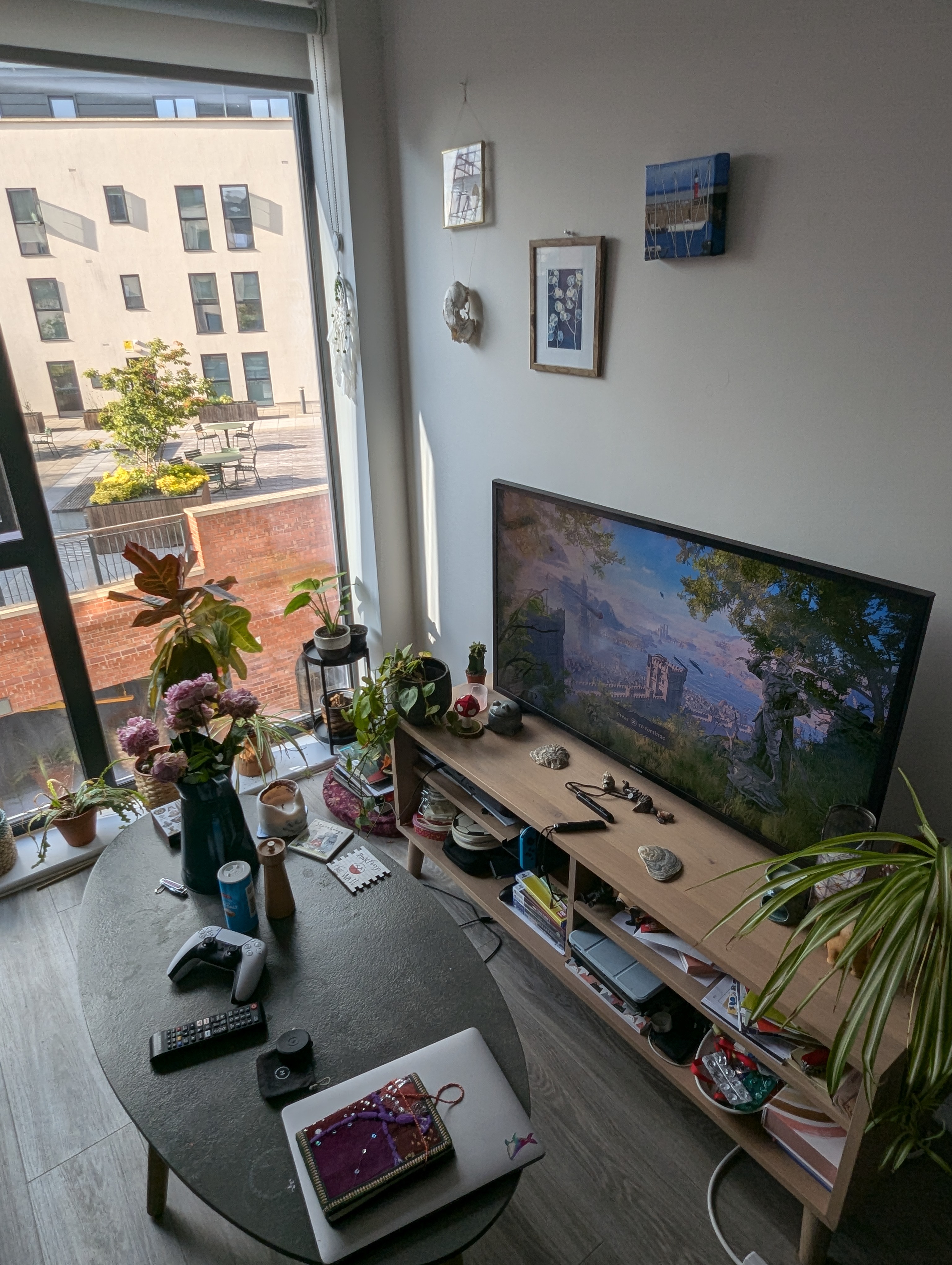
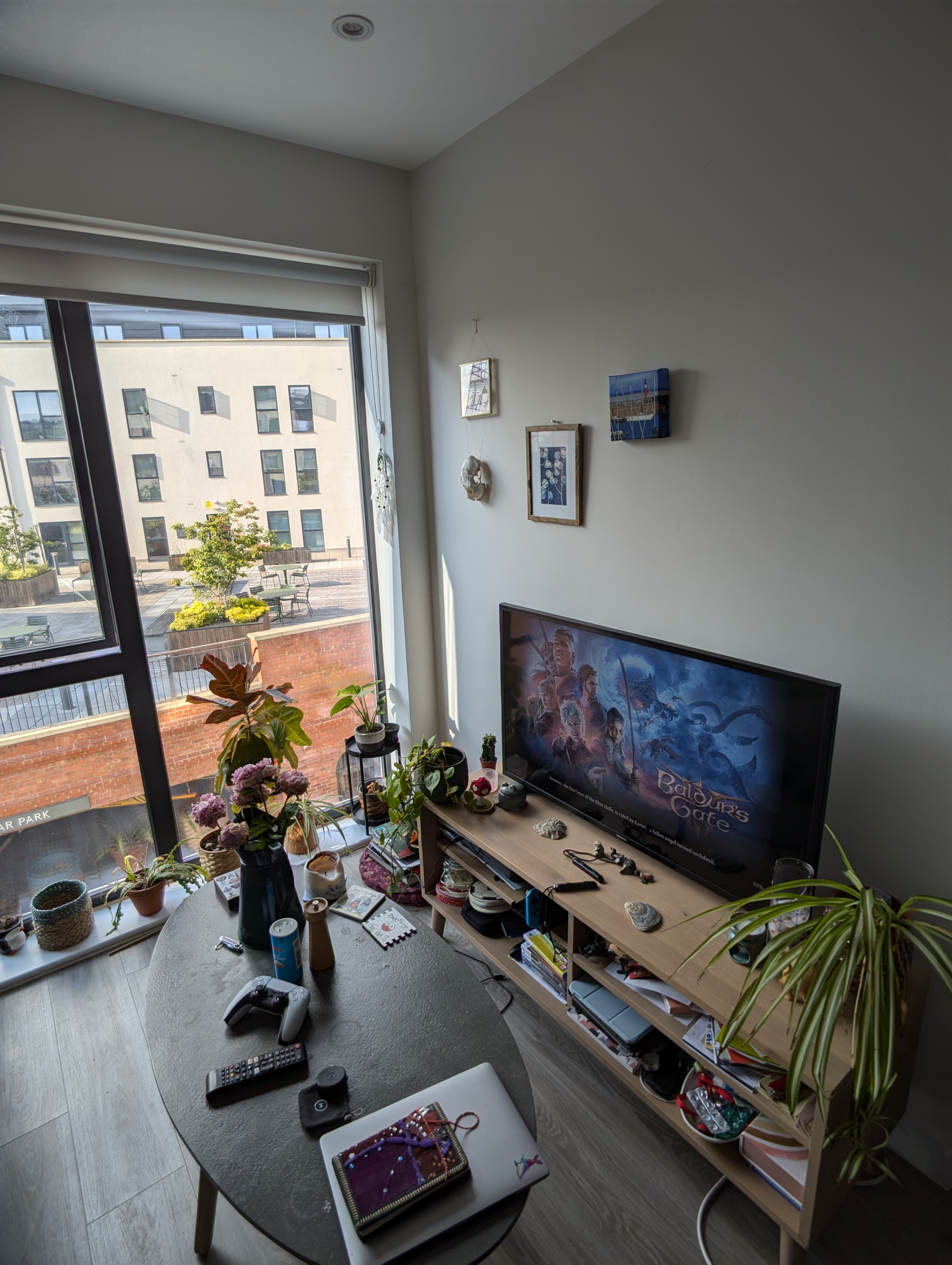
Indoors, the Wide 18mm lens performs well too. The first image in the gallery above was shot with the Pixel’s ultra-wide lens zoomed out to try and match the framing of the second photo, which was shot using the Moment lens. The flowers in the vase look slightly sharper in the second shot, and the PS5 controller on the table doesn’t look as distorted. In the first shot, the controller looks a little elongated, but remains true-to-size in the second.
Moment smartphone lenses review: Macro 10x lens performance
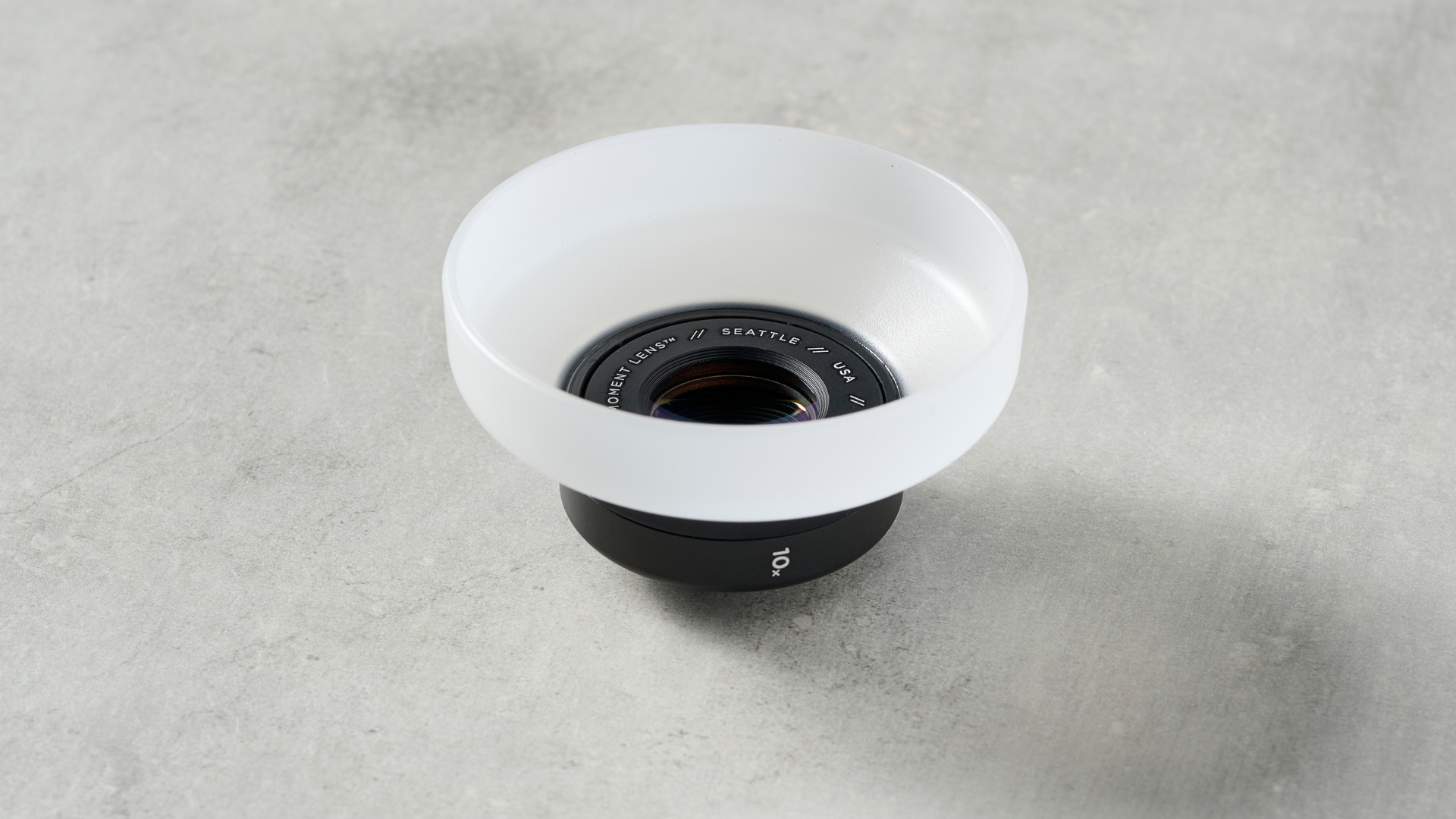
Macro lenses can reveal hidden worlds in day-to-day objects and will have you looking at the world in a different light. The Moment Macro 10x lens is a small and lightweight lens that can transform your smartphone photography, especially if your phone doesn’t have a dedicated macro lens. It comes with a diffuser hood for achieving the right focus, and it’s got a minimum focus distance of 0.6 inches (15mm) but this may vary depending on the phone model. I use my Google Pixel 7 Pro’s macro mode almost daily, so I was really looking forward to testing the Moment lens.
It took me a while to get used to the latter as you need to be extremely close to the subject — almost touching it, even — so this lens can’t be used to photograph bees or insects and is better suited to still subjects. It proved a little frustrating at times as finding that sweet spot can take time as you move back and forth to put the subject in focus.


But I was impressed by the image quality the Macro 10x lens delivered. In the gallery above, the first photo was shot in the Pixel’s macro mode, and the second with the Moment lens attached to my Pixel. While both images are good, I prefer the one taken with the Moment lens. The fine details within the focal plane are highlighted by the tight blur (now that’s what we’d call “buttery”). But the Pixel really holds its own here too, even though the background isn’t as soft. The Moment lens simply produces a nicer aesthetic via an extremely thin depth of field.

The main issue with wide-angle macro lenses is that you need to be so close to your subject that all light gets blocked out — as is the case with the Sandmarc 25mm Macro lens and the Moment Macro 10x. When you’re that close to your subject, you cast a shadow on it, as can be seen in the photo of the fake petals above. You can’t tell that it was taken in broad daylight.
Moment smartphone lenses review: Fisheye 14mm lens performance
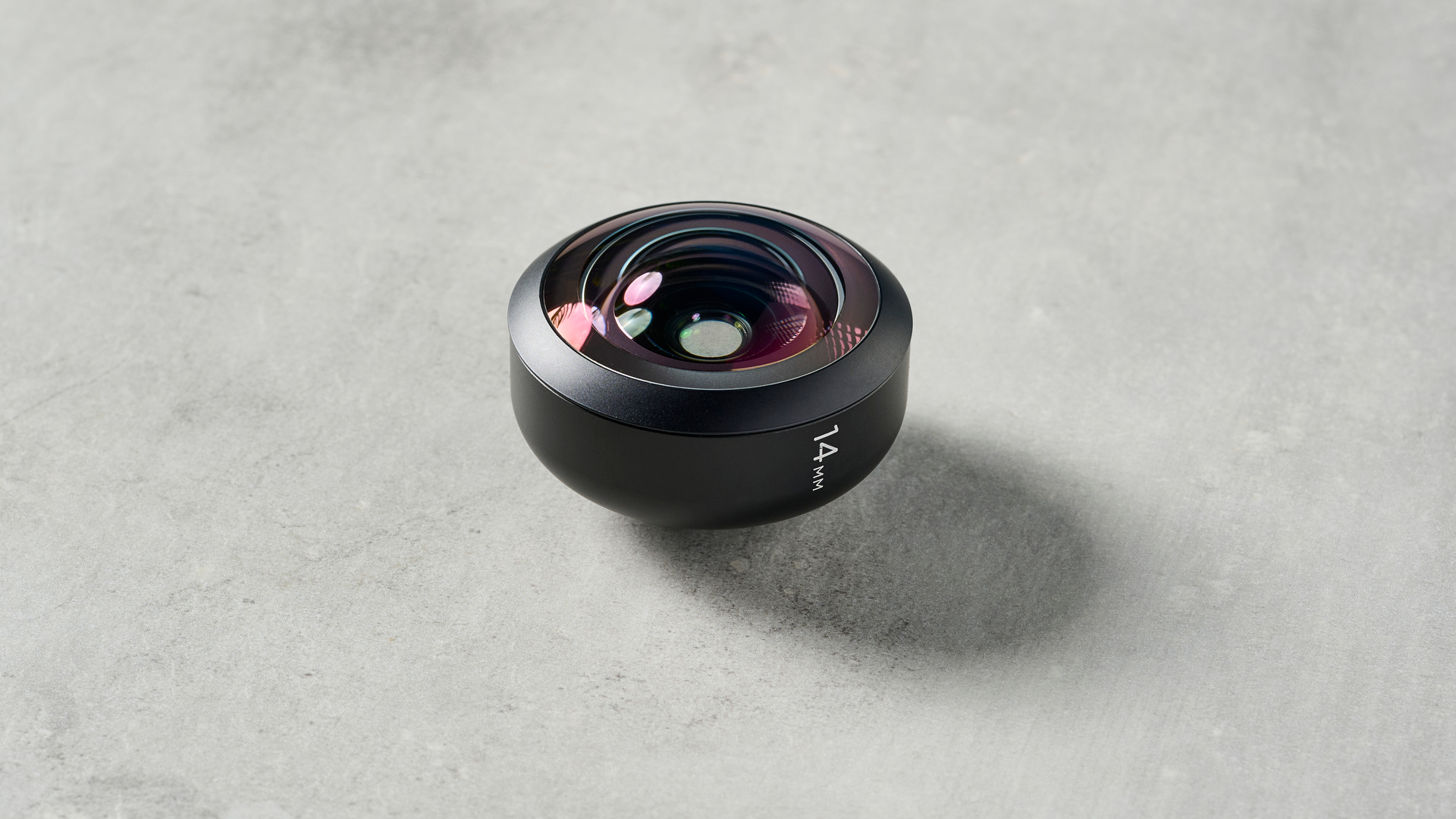
Given the complexity of the design and construction, fisheye lenses can be expensive, so the Moment Fisheye 14mm lens gives you the chance to experiment before committing to a pro lens for one of the best mirrorless cameras. Moment’s offering has a minimum focal length of 0.63 inches (15.88mm) and an f/1.7 aperture. It delivers wider fields of view and higher image quality than standard ultra-wide lenses on smartphones.
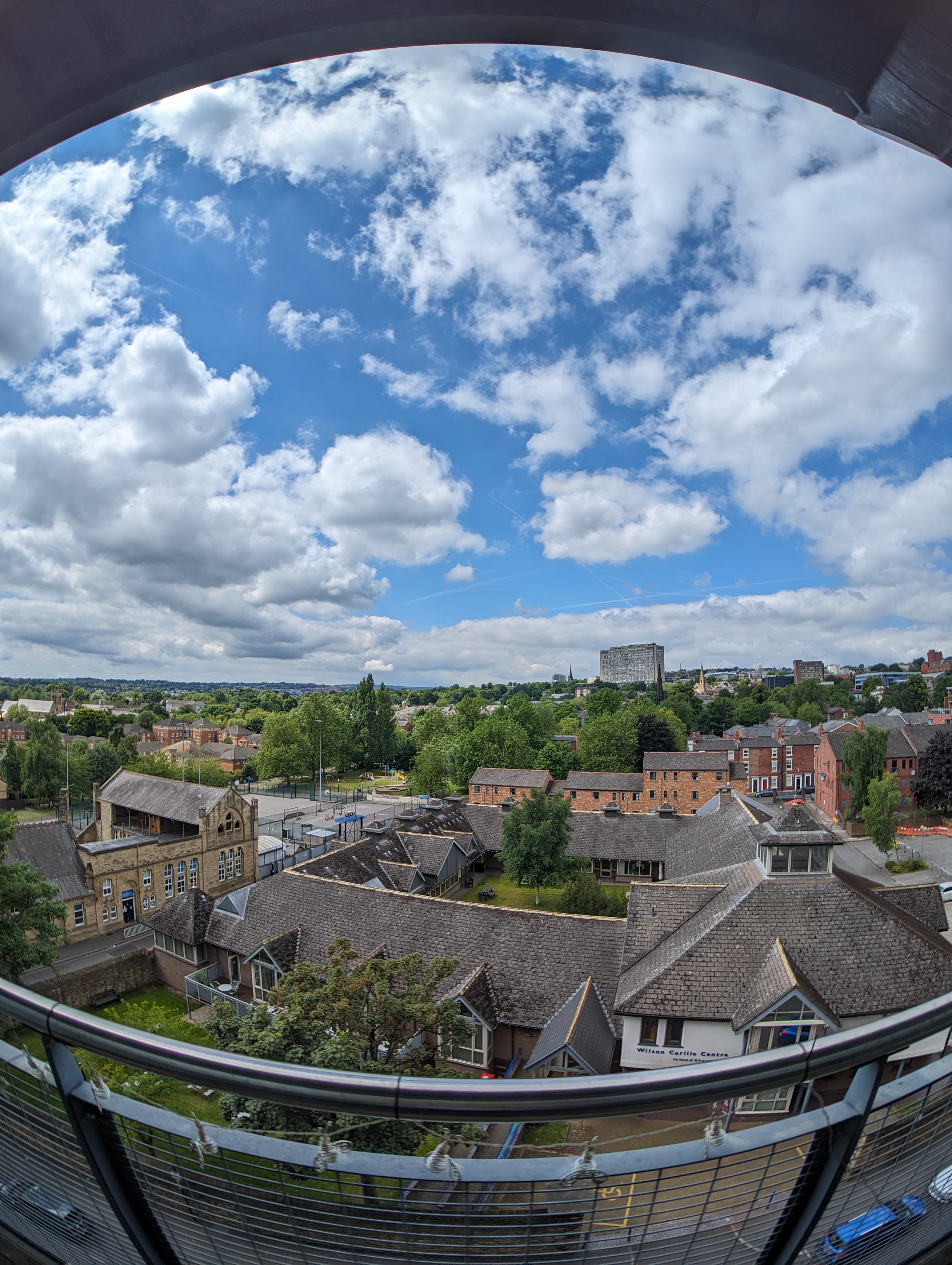
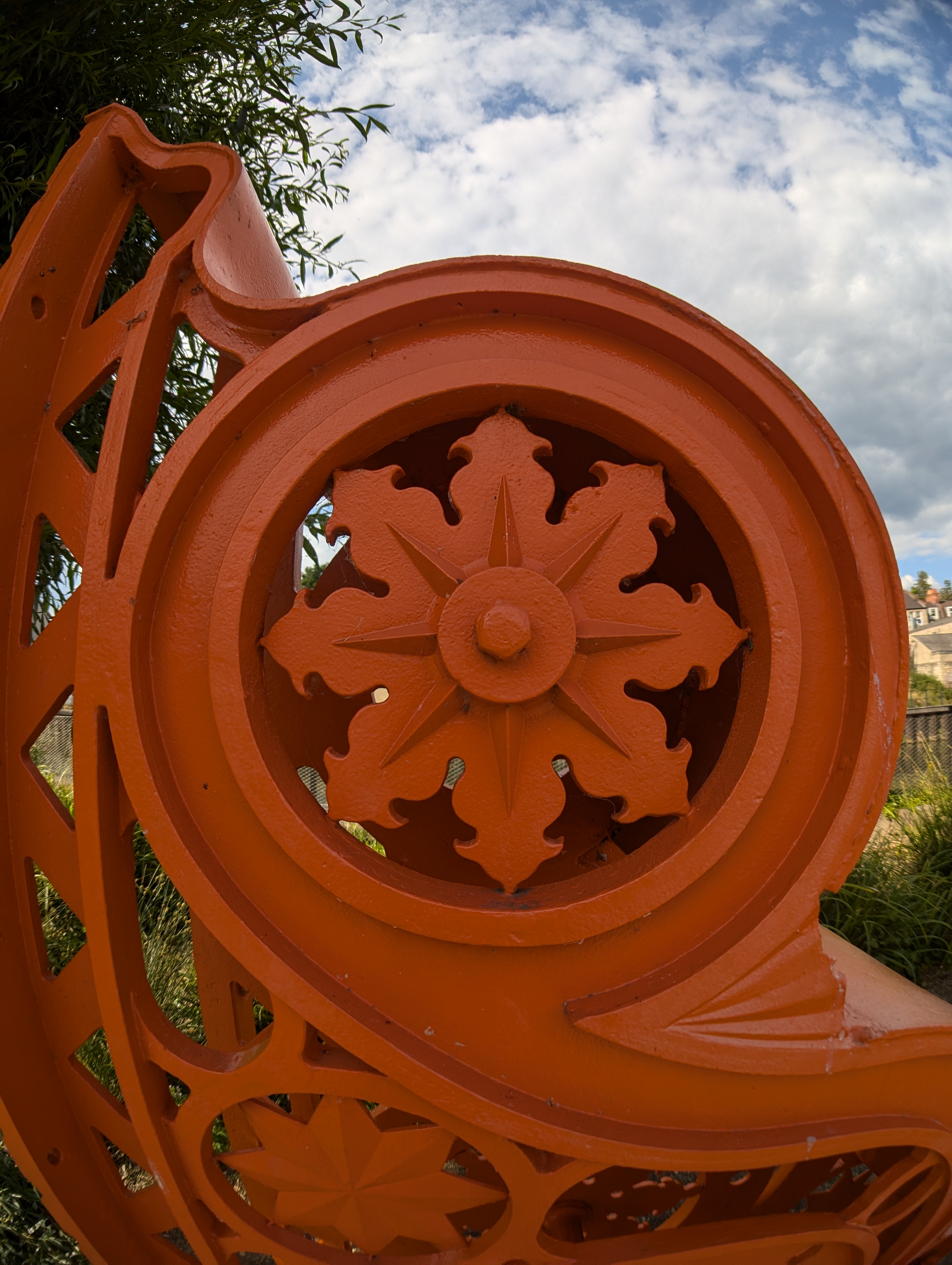
I had a lot of fun using the Fisheye 14mm lens and enjoyed the flair it adds to an otherwise generic image. The lens captures vibrant images that are sharp in the centre, demonstrated by the first image in the gallery above. Shot from a balcony and when zoomed into, the bricked buildings in the distance appear sharp. But naturally, due to the effects of barrel distortion, the peripheries of images are blurred, as seen in the second photo in the gallery above. This isn’t bad, though, as it can help draw attention to your subject. I also like that the Fisheye 14mm lens captured the sky and tree to provide some context to the second shot.
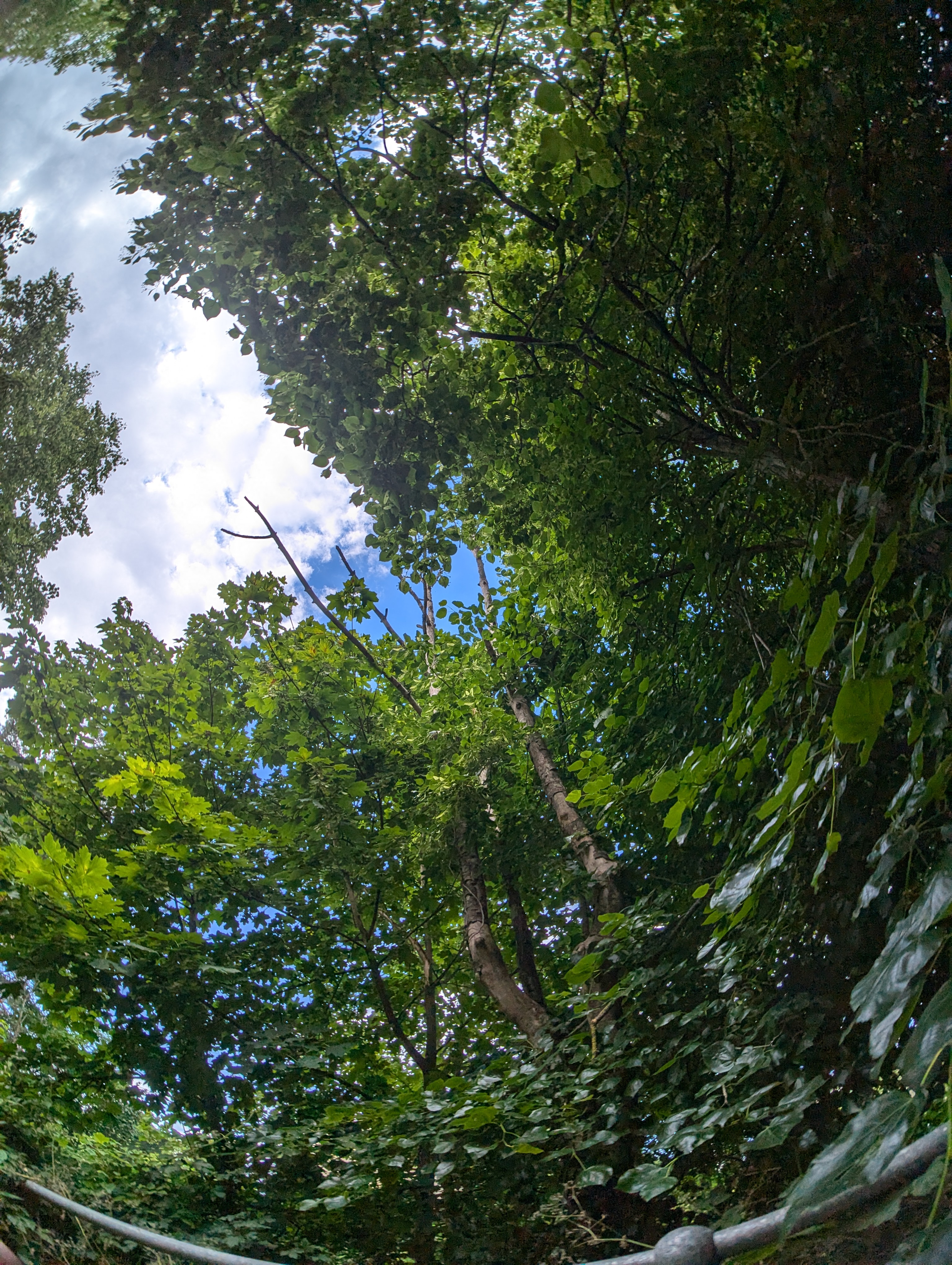
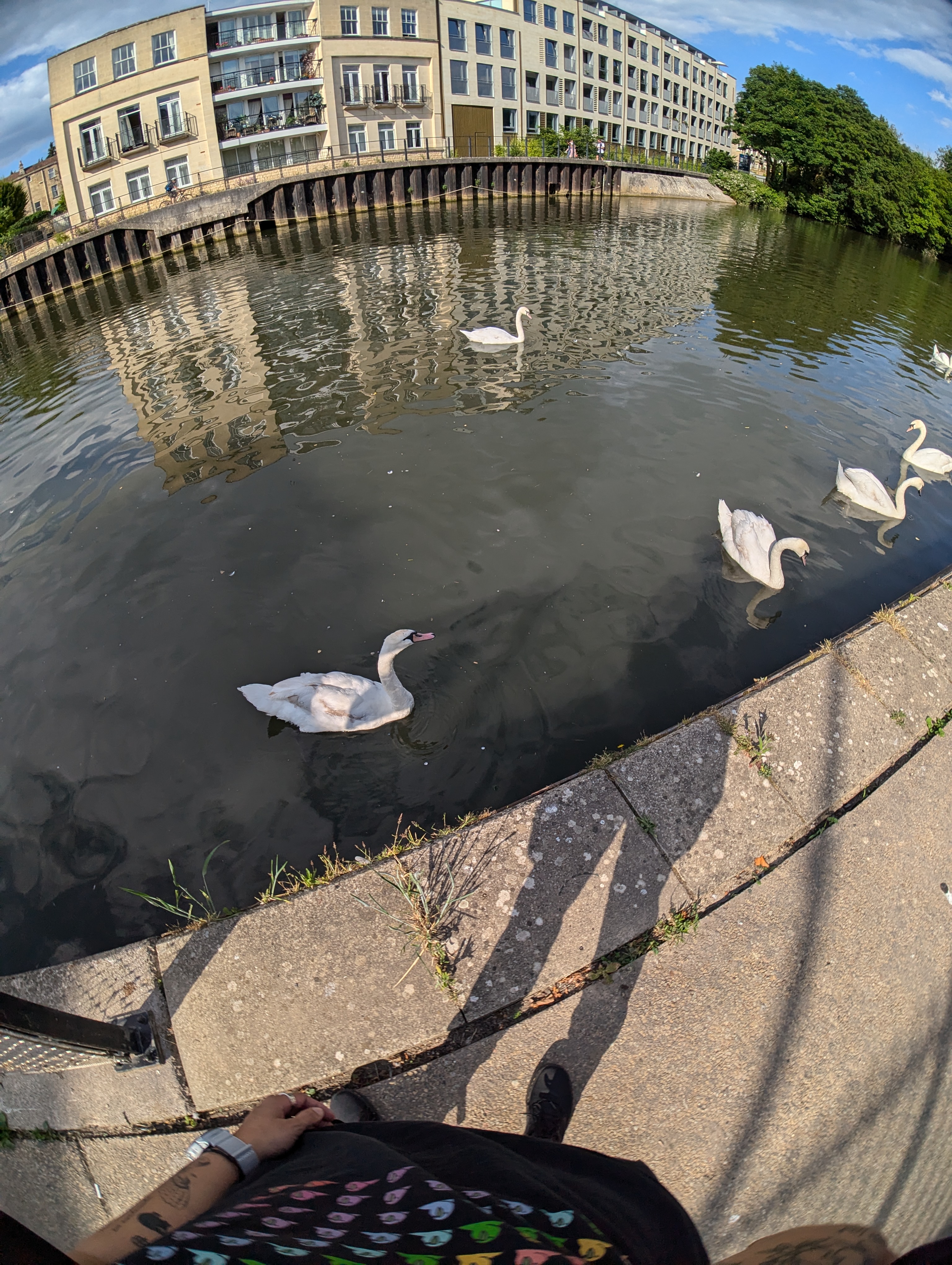
The first image in the gallery above also demonstrates my point about barrel distortion which is a natural part of ultra-wide angle optics. The centre of the image, again, remains sharp. It’s important to keep in mind that not every image will turn out the way you envisioned — but that’s also the fun part of a fisheye lens. The images can be a little trippy too, as seen in the second shot in the gallery above, which also shows how much of the scene this lens captures.
Moment smartphone lenses review: Verdict
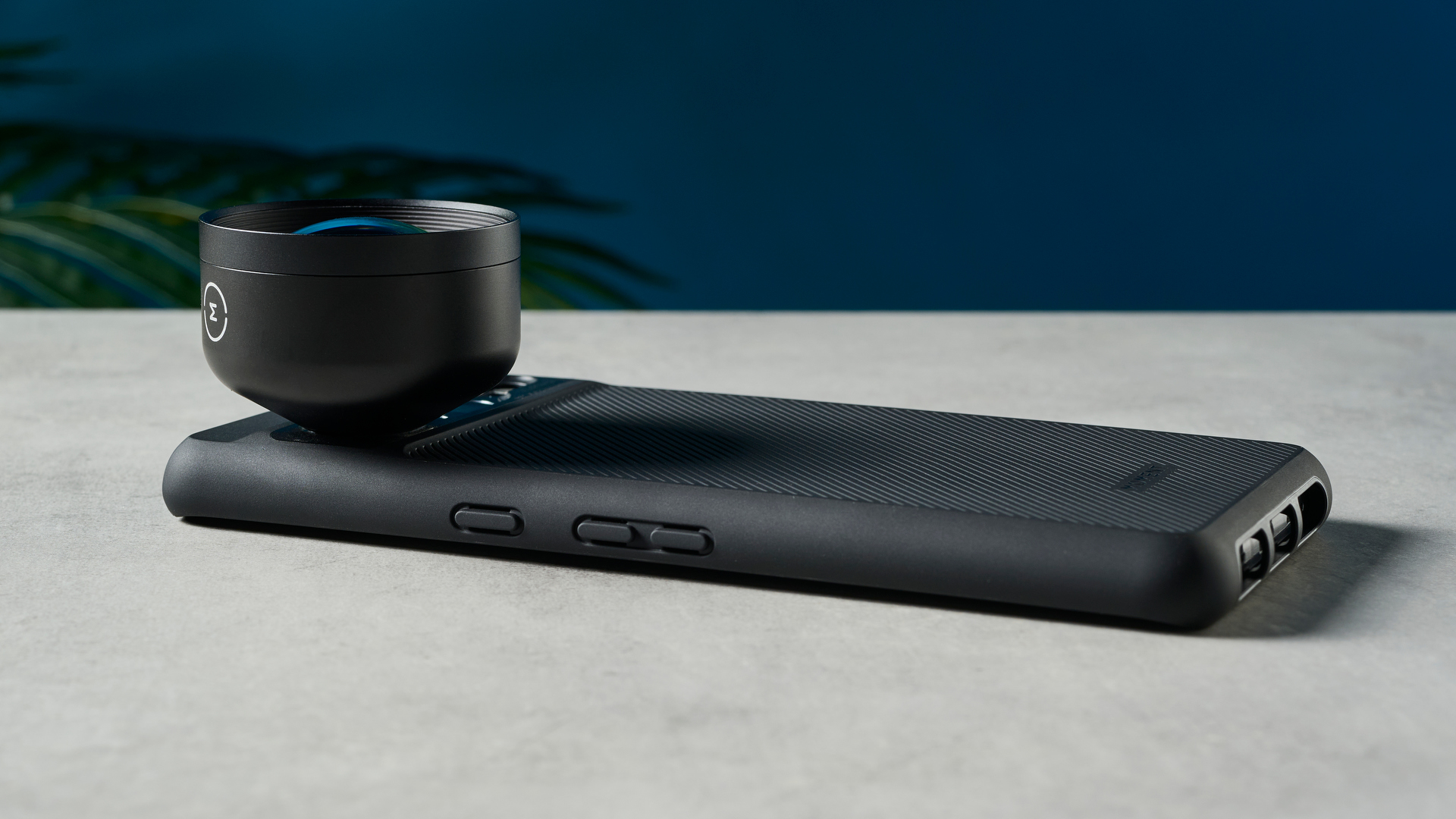
Moment’s lenses have a lot to offer, and they can definitely take your smartphone photography to the next level, especially if you have an older phone. All four of our test lenses are built really well, thanks to the aerospace-grade material and hand-polished glass. They feel premium to hold and while some of them are weighty, they’re never too heavy, so you can comfortably hold your phone with one hand. You do need to buy either a special Moment case or a drop-in lens mount separately to twist the lenses onto. You also need to be a little careful when twisting the lenses on as they may scratch your phone’s lens.
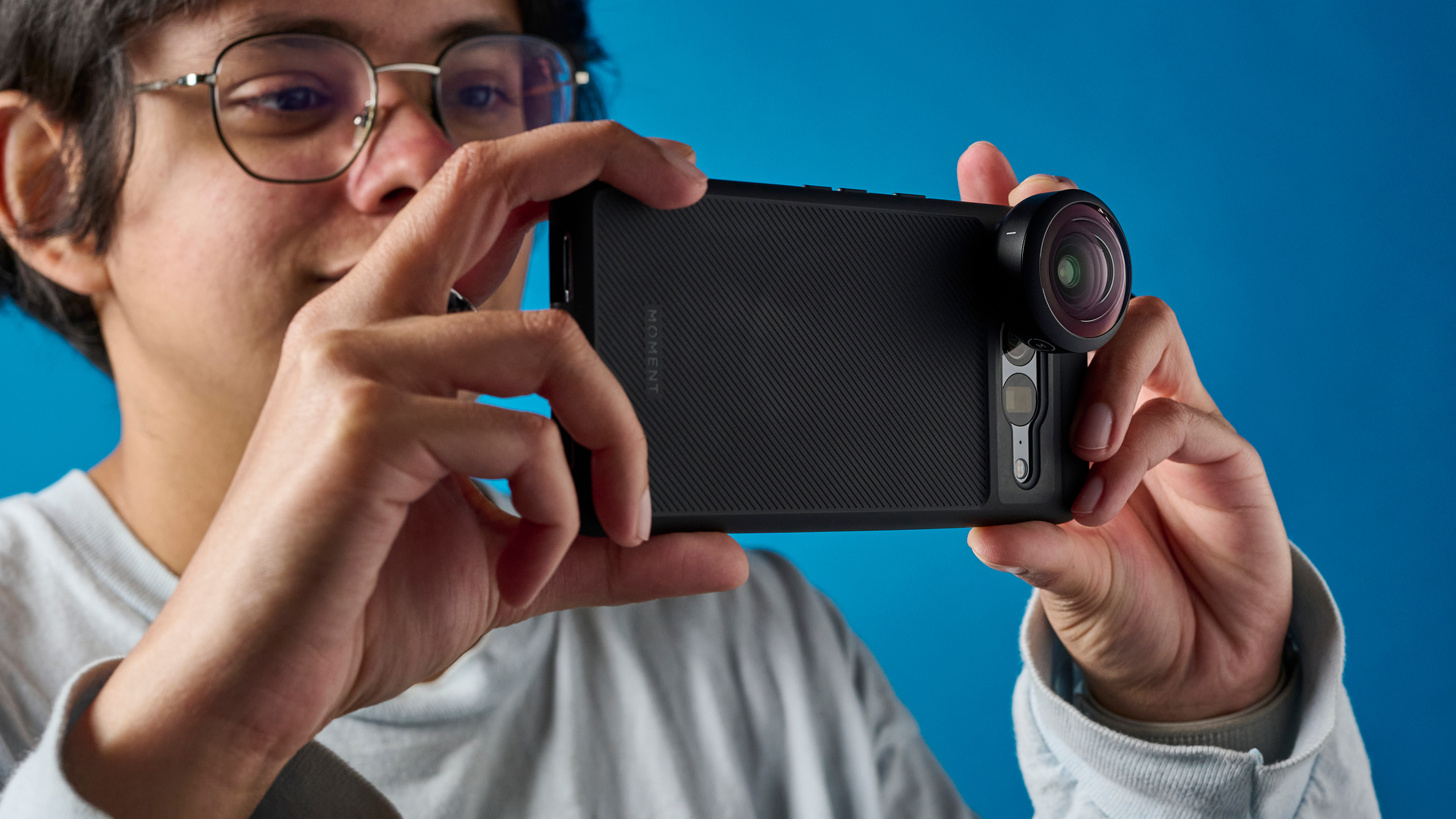
The image quality is great across all four lenses. While I found the Tele 58mm lens a little lacking compared to the Google Pixel 7 Pro’s — its $150 price tag didn’t help — I was pleased with the performance of the Wide 18mm, Fisheye 14mm and Macro 10x lenses. Of course, it isn’t the same as buying one of the best cameras, and you’ll never achieve the same level of detail or image quality with the limitations of a phone’s sensor and lens, but the Moment lenses still warrant a recommendation.
A perfect way to focus on fun and frame your world, Moment’s lenses give your smartphone photography a boost without the need for bulky gear.

Nikita is a Staff Writer on the Reviews team at Tom's Guide. She's a lifelong gaming and photography enthusiast, always on the lookout for the latest tech. Having worked as a Sub Editor and Writer for Canon EMEA, she has interviewed photographers from all over the world and working in different genres. When she’s not working, Nikita can usually be found sinking hours into RPGs on her PS5, flying a drone (she's a licensed drone pilot), at a concert, or watching F1. Her work has appeared in several publications including Motor Sport Magazine, NME, Marriott Bonvoy, The Independent, and Metro.
